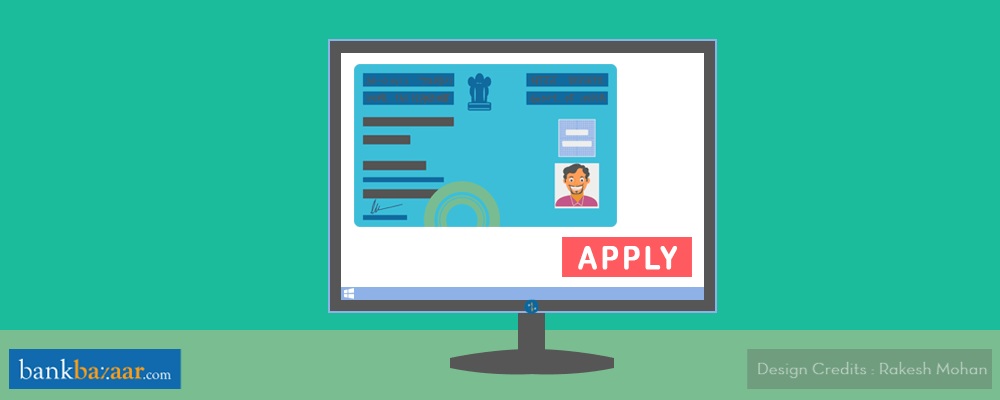If your credit card application has been recently declined, there might be a reason or two. It is important for applicants to analyse the likely reasons for rejection and make amends before applying the next time around. Do not feel dejected or lose hope. Generally, banks are not very likely to give you an explanation for the rejection.
Here are some tips to follow to ensure speedy and successful approval of your credit card application:
Take a look at your credit score: The first thing to do if you are applying for a credit card is to check if you have a good track record and a good credit score. Yes! You can have a credit score even without owning a credit card. Generally, people who do not have a credit card assume that they do not have a credit history and thus tend to be very careless with their finances. This is usually where the problem lies. Remember that there are several factors that determine how trustworthy you are as a borrower. This includes how you pay your bills, loans such as personal loans, car loans, etc. All this will reflect in your credit score before you even apply for a credit card! A poor payment history and track record will lead to rejection. So, mend these aspects before you send out the application.
A credit score is a three-digit number that acts as an indicator that will determine of reliable you are as a borrower. This is a very crucial factor that helps determine how much credit you will be eligible for in the future. It is also one of the main factors that will help you get your credit card application approved without any hassle. Ideally, a good credit score is a figure that hovers around the 700 mark.
How to improve your credit score:
Sometimes, there may be some type of misrepresentation in identity, and your credit score may not be accurate. So, make sure you check if there is any discrepancy. How do you know this? Check and see if you have made late payments on bills or loans. If you have been disciplined with your payments and your credit score still does not look positive, there could be some type of misrepresentation in such a case.
Final words
Before sending out an application, know where you stand and do not blindly blame the bank. Make an effort to work on your shortcomings and the send out forms. Getting a credit card approval is a big step forward indeed and can give you a lot of financial freedom.
Here are some tips to follow to ensure speedy and successful approval of your credit card application:
Take a look at your credit score: The first thing to do if you are applying for a credit card is to check if you have a good track record and a good credit score. Yes! You can have a credit score even without owning a credit card. Generally, people who do not have a credit card assume that they do not have a credit history and thus tend to be very careless with their finances. This is usually where the problem lies. Remember that there are several factors that determine how trustworthy you are as a borrower. This includes how you pay your bills, loans such as personal loans, car loans, etc. All this will reflect in your credit score before you even apply for a credit card! A poor payment history and track record will lead to rejection. So, mend these aspects before you send out the application.
A credit score is a three-digit number that acts as an indicator that will determine of reliable you are as a borrower. This is a very crucial factor that helps determine how much credit you will be eligible for in the future. It is also one of the main factors that will help you get your credit card application approved without any hassle. Ideally, a good credit score is a figure that hovers around the 700 mark.
How to improve your credit score:
- Do not make late bills payments
- Manage your debt in an effective manner
- Have a reasonable debt to income ratio
- Do not let debt get piled up
- If you already have a credit card and are planning to apply for a second one, use your credit card wisely
- If you have a relatively high loan balance
- If you have too many loans
- If you have a track record of loan default
- If you have missed a couple of EMI payments
Sometimes, there may be some type of misrepresentation in identity, and your credit score may not be accurate. So, make sure you check if there is any discrepancy. How do you know this? Check and see if you have made late payments on bills or loans. If you have been disciplined with your payments and your credit score still does not look positive, there could be some type of misrepresentation in such a case.
Final words
Before sending out an application, know where you stand and do not blindly blame the bank. Make an effort to work on your shortcomings and the send out forms. Getting a credit card approval is a big step forward indeed and can give you a lot of financial freedom.

